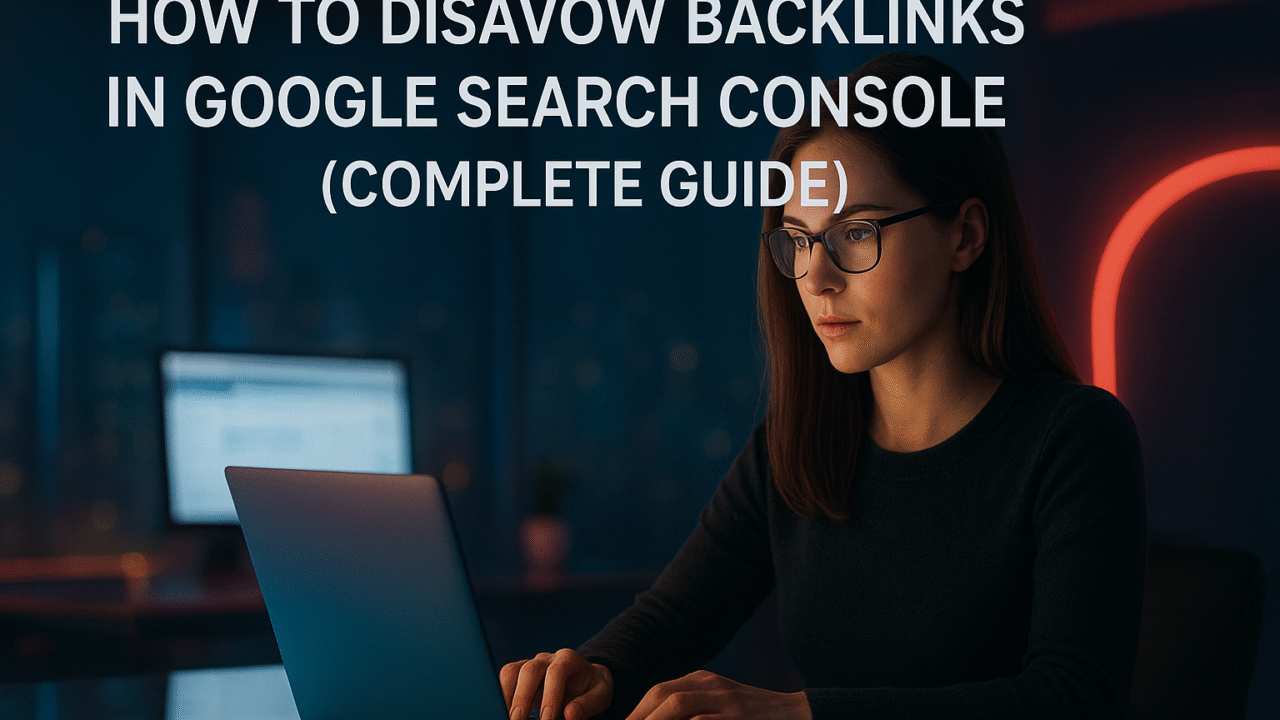In today’s digital age, writing SEO-optimized content is critical to standing out from the crowd. With millions of blogs created every day, how can your content rank higher on search engines like Google? The answer lies in the right combination of keywords, content quality, and SEO techniques. Writing blogs that rank requires more than just great ideas; you need a strategic approach to help search engines find, understand, and rank your content.
In this article, we’ll guide you through how to create SEO-optimized content that ranks, with clear steps and tips that you can implement in your own blog posts.
What is SEO-Optimized Content?
SEO-optimized content refers to writing that is structured and designed to perform well in search engines. The goal is to drive organic traffic by ranking highly for specific keywords and search phrases. To achieve this, you must balance quality content with SEO best practices, such as incorporating keywords, creating a user-friendly structure, and ensuring readability.
When done correctly, SEO-optimized content helps your website appear at the top of the search results, improving your visibility, traffic, and ultimately, your conversions.
Importance of SEO for Blog Writing
Why should you care about SEO when writing blog posts? The truth is, without SEO, even the best-written articles can remain invisible. SEO ensures that your blog content is discoverable by search engines and relevant to what your audience is searching for.
Consider this: Google receives over 3.5 billion searches per day. Without SEO, your content risks being buried under an avalanche of other websites. Here’s why SEO is essential:
- Increased Visibility: SEO helps your content get found by people who are actively searching for it.
- Organic Traffic: A well-optimized blog can drive consistent, free traffic to your site over time.
- Authority: SEO helps establish your blog as an authority in your niche.
- Higher Conversion Rates: SEO attracts users who are already interested in your topic, making them more likely to engage or convert.
Step-by-Step Guide to Writing SEO-Optimized Blogs
1. Start with Keyword Research
Before you even begin writing, you need to perform thorough keyword research. Keywords are the phrases or terms that your audience is searching for on search engines. Without targeting the right keywords, your blog post might not reach its intended audience.
Tools like Google Keyword Planner, SEMrush, or Ahrefs can help you identify relevant and high-volume keywords. Look for:
- Primary Keywords: The main keyword you want your blog to rank for.
- Secondary Keywords: Related phrases or long-tail keywords that support the primary keyword.
Once you have your keywords, ensure that they are relevant to your audience and niche. For instance, if you’re writing about “how to optimize content for SEO,” your primary keyword could be SEO content optimization, while secondary keywords could include SEO best practices or blog writing tips for SEO.
2. Craft a Strong Title and Meta Description
Your blog’s title and meta description are critical for SEO. These elements are the first thing a user sees when your blog appears on a search results page.
- Title: The title should include your primary keyword and be compelling enough to encourage users to click. Aim for 60 characters or less.
Example: “SEO-Optimized Content: How to Write Blogs That Rank” – This title includes the primary keyword and is engaging.
- Meta Description: This is the brief summary that appears under your title on a search results page. Keep it under 160 characters, include the main keyword, and give a clear indication of what readers can expect from the post.
Example: “Learn how to write SEO-optimized blogs that rank with these proven strategies, from keyword research to crafting compelling content.”
3. Structure Your Blog with Headings (H1, H2, H3)
Proper use of heading tags (H1, H2, H3, etc.) makes your blog easier to read and helps search engines understand the hierarchy of your content.
- Use H1 for your blog title.
- H2 for major sections or main points.
- H3 for sub-points under each major section.
Headings not only improve readability but also enhance SEO. Search engines scan headings to understand what your blog post is about, so incorporating keywords into your headings is a smart move.
4. Write High-Quality, Engaging Content
Search engines prioritize content that provides real value to readers. Focus on writing original, well-researched, and engaging content. Avoid keyword stuffing and prioritize a conversational tone to keep your readers engaged.
Ensure that your blog post is long enough to cover the topic in-depth. Most top-ranking blogs are over 1500 words, but the actual length should depend on the topic and the intent of the user.
Tips for engaging content:
- Provide answers to common questions in your niche.
- Break up text with bullet points, images, and short paragraphs.
- Use internal and external links to credible sources to support your claims.
5. Use Keywords Naturally
While it’s essential to include your primary and secondary keywords, avoid the temptation to overstuff them. Keywords should be used naturally throughout your content in:
- The first 100 words of the article.
- Headings and subheadings (H2, H3).
- Image alt texts.
- URL of the blog post.
- Meta description.
A keyword density of 1-2% is generally recommended, meaning for every 100 words, your keyword should appear once or twice. Always prioritize readability over keyword density.
6. Optimize for Mobile
With over 50% of global web traffic coming from mobile devices, optimizing your blog for mobile is crucial. Google uses mobile-first indexing, meaning it primarily uses the mobile version of content for ranking and indexing.
Ensure that:
- Your blog is responsive and looks great on both mobile and desktop.
- Fonts are readable on smaller screens.
- Images are optimized to load quickly without slowing down the page.
7. Optimize Images and Media
Visual content like images, infographics, and videos make your blog more engaging. However, you need to optimize these media files for SEO by:
- Using alt tags: Alt tags describe the image and should include relevant keywords.
- Compressing images: This reduces file size, which helps improve your page loading speed, a critical SEO factor.
- Naming files descriptively: Instead of “IMG_1234”, name your files something like “SEO-optimized-blog-example.jpg”.
8. Focus on User Experience (UX)
Search engines reward websites that offer a great user experience. Factors like page load speed, easy navigation, and readability can influence your blog’s SEO ranking.
- Fast Loading Times: A blog that takes more than a few seconds to load will have a higher bounce rate. Use tools like Google PageSpeed Insights to ensure your page is optimized for speed.
- User-Friendly Layout: Make sure your blog is easy to navigate, with clear headings, bullet points, and sections.
9. Include Internal and External Links
Internal linking helps search engines understand the structure of your website and keeps users engaged by directing them to related content.
- Internal Links: Link to other relevant posts within your site.
- External Links: Link to authoritative external sources, which not only boosts your credibility but also signals to search engines that you’re providing valuable, well-researched content.
10. Monitor and Update Your Blog Regularly
Once your blog is published, the work doesn’t stop there. Search engines favor fresh content, so regularly updating your blog with new information can help improve its ranking. Monitor your blog’s performance using tools like Google Analytics and Google Search Console to see how it’s performing and where improvements can be made.
Conclusion
Writing SEO optimized blogs that rank requires a combination of strategic keyword use, high-quality content, and attention to user experience. By following the steps outlined in this guide—conducting keyword research, structuring your content with headings, optimizing for mobile, and focusing on user experience—you can create blog posts that not only engage readers but also rank higher in search results. Keep experimenting, monitoring, and refining your strategy to stay ahead in the competitive world of SEO.
Remember, SEO is an ongoing process, but with persistence and the right approach, your blog can achieve the visibility it deserves.





